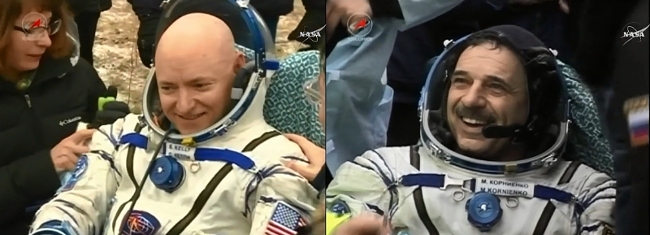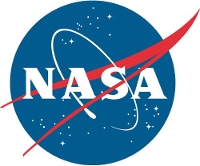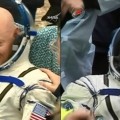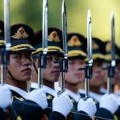
NASA astronaut and Expedition 46 Commander Scott Kelly and his Russian counterpart Mikhail Kornienko returned to Earth Tuesday after a historic 340-day mission aboard the International Space Station.
President Trump has signed a Presidential Memorandum designed to “Reinvigorate America’s Human Space Exploration Program. The document proclaims “Beginning with missions beyond low-Earth orbit, the United States will lead the return of humans to the Moon for long-term exploration and utilization, followed by human missions to Mars and other destinations.”
While the Obama Administration was redirecting NASA’s space efforts away from human spaceflight, China, Russia and others were moving ahead with ambitious plans, including a manned landing on the moon. Other nations and private interests have followed suit.
Reports from across the globe describe Beijing’s ambitious lunar exploration plans. In June, reports the Telegraph, Yang Liwei, deputy director general of China Manned Space Agency, announced China “is making preliminary preparations for a manned lunar mission.”
China belongs to the exclusive club, consisting only of the U.S., Russia, and itself that has placed its citizens in space aboard its own rockets.
China’s unmanned 2013 Chang’e3 mission, seen as preparation for an eventual manned landing, placed a lunar rover, called Yutu, onto the moon’s surface. It had multiple cameras, as well as an ultraviolet telescope. The six-wheeled vehicle, powered by solar cells, was lowered onto the moon’s surface from a ramp following the spacecraft’s successful soft landing.
 According to NASA, the policy calls for the space agency administrator to “lead an innovative and sustainable program of exploration with commercial and international partners to enable human expansion across the solar system and to bring back to Earth new knowledge and opportunities. The effort will more effectively organize government, private industry, and international efforts toward returning humans on the Moon, and will lay the foundation that will eventually enable human exploration of Mars.”
According to NASA, the policy calls for the space agency administrator to “lead an innovative and sustainable program of exploration with commercial and international partners to enable human expansion across the solar system and to bring back to Earth new knowledge and opportunities. The effort will more effectively organize government, private industry, and international efforts toward returning humans on the Moon, and will lay the foundation that will eventually enable human exploration of Mars.”
The policy grew from a unanimous recommendation by the new National Space Council, chaired by Vice President Mike Pence, after its first meeting Oct. 5. In addition to the direction to plan for human return to the Moon, the policy also ends NASA’s existing effort to send humans to an asteroid. The president revived the National Space Council in July to advise and help implement his space policy with exploration as a national priority.
Financially, the policy will be reflected in NASA’s Fiscal Year 2019 budget request.
An ambitious space program will have a significant beneficial impact on the U.S. economy. Writing for the University of Texas, Wallace Fowler, Professor of Aerospace Engineering and Engineering Mechanics, noted that “It is estimated that the total economic benefit of each dollar spent on the space program has been between $8 and $10… The space race was technological focus that accelerated advances in multiple areas of science, technology and medicine without a shooting war… Almost every area of technology has benefited from space research. Clothes and vehicle interiors are more fire resistant because of research after the Apollo fire. Weather forecasting is much more accurate because of satellite monitoring. Monitoring from space can detect forest fires, oil spills, aquifer depletion, downed aircraft, etc. We have recently watched the World Cup matches from Brazil in near real-time via satellite feed. We can surf the Internet with laptop or tablet while flying in an airplane almost anywhere in the world. We are more connected than ever, both in our everyday activities and in emergency situations. Medicine has been revolutionized by the space program. We learned to monitor orbiting astronauts pioneering tele-medicine and leading to unprecedented improvements in patient monitoring, in and out of hospitals. Research into astronaut bone calcium loss has led to better understanding and treatment of osteoporosis. Digital mammography is a direct application of space data reduction processes. Baby foods are more healthful because of astronaut food research. There are few other public activities with such a sustained level of performance and impact.”
Vernuccio is editor-in-chief of the New York Analysis of Policy & Government

















Follow Us